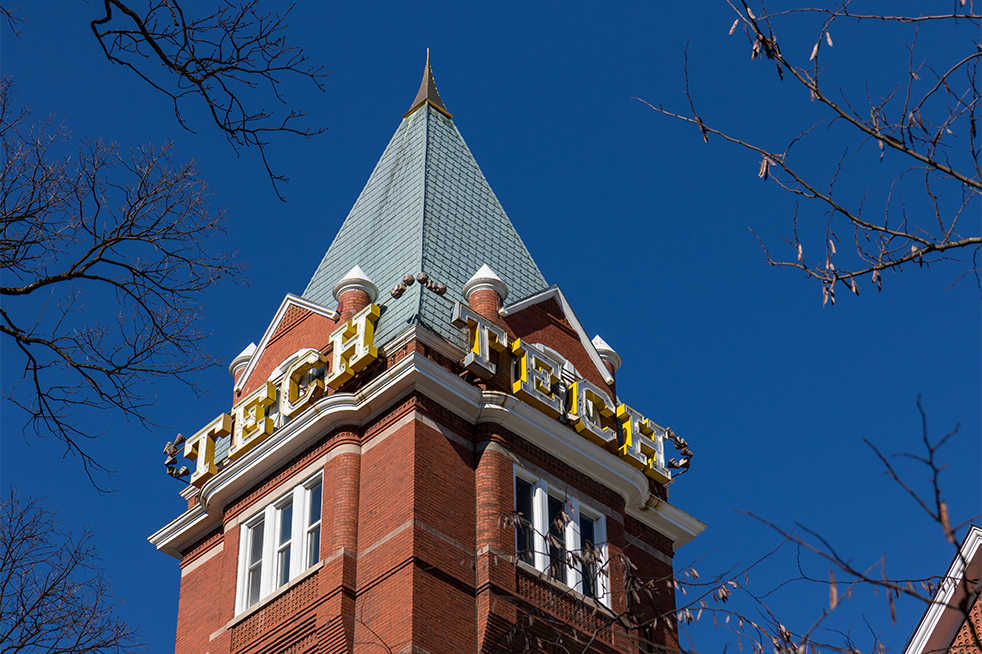Tech recently completed its regular admissions process for the Fall of 2016, admitting 25 percent of applicants during regular and general admission. There were 30,520 applications submitted, with accepted students hailing from all 50 states and from 91 countries across the globe.
97 percent of the admitted students have taken AP Calculus AB or higher, up from last year’s rate of 94 percent. The Office of Admissions accepted around 1,000 fewer students than last year due to over-enrollment with the Class of 2019.
The Office of Admissions expects approximately 2,800 students to accept their offer of admission every year, and tailor their offers of admission based on factors such as yield rates for that particular demographic.
In-state students accept their offers of admission 61 percent of the time, whereas out-of-state students accept only 24 percent of the time.
International students accept their offer more often than out-of-state students, with a yield rate of 35 percent. “There are students around the world who are just much more consumed by rankings than domestic students are,” said Rick Clark, director of Undergraduate Admissions.
“There are definitely a number of international students who say ‘I’m going to go to the highest rank school that I get into.’ … That’s driving their decision.”
The increase in AP courses taken by incoming students, higher GPAs of incoming students and the high SAT and ACT scores of admitted students has, according to Clark, driven the higher consideration of other factors when making an admissions decision.
Clark mentioned that as the academic records of applicants increase, the actual differences in their academic ability decrease, making it nearly impossible to distinguish one student from another based on academics alone.
Clark discussed the holistic nature of the admissions process, stressing the importance of the First Read in determining the context of a student’s application.
The First Read, as Clark calls it, is conducted by a regional admissions director who is tasked with understanding the culture and opportunities in specific schools and school districts.
From this understanding, they are capable of determining if a student was academically successful in the context of their school and in light of their personal situation. This read also serves as the initial review of the student’s essays and short answers. In regards to the sort of content the Office of Admissions looks for in essays. “We’re asking questions that surround things like Georgia Tech’s motto of Progress and Service,” Clark said. “Do I see elements of this student wanting to improve not only themself, but also people around them? Sort of a vision of something bigger than just checking the boxes.”
The Office of Admissions prefers a holistic approach to admissions, opting to receive as much information as possible about a student in the application in order to form a more complete picture of them when discussing their potential admission to Tech.
When asked about affirmative action policies, Clark stressed that more information is always good when making an admissions decision, but also noted that Tech does not accept students based solely on demographic criteria such as race.
This year’s admitted class will be the last class to take the 3-part, 2400-point SAT. The new SAT is composed of 2 sections, Math and Critical Reading, out of 800 points each, with an optional Writing section Tech recommends all applicants take.
Clark did not foresee any significant impact of the new SAT on test scores or the admissions process, in part due to its similarities to the ACT and in part due to the high likelihood of applicants having very similar scores, as in years past.
He did note, however, that it typically takes one to two years to see the impact of new or redesigned tests, due to the time needed to collect data on students’ performance in relation to their testing scores.
